At close distances, surprisingly very much like the 50/1.4 Summilux-M ASPH stopped down a little. This was shot pretty close to the minimum focus distance, and wide open. (All images shot with the Leica M8 and 21/1.4 Summilux-M ASPH.)
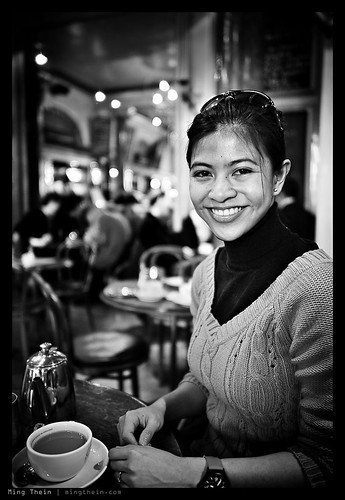
Although backgrounds in middle distance are quite blurred, there's still enough definition to be able to tell what's in the background.
If you don't have any cues in your image as to scale or geometry, it's quite easy to believe that you're shooting with a normal or moderate tele:
Backgrounds are always busy, because it's a superwide and the further away from the camera you get, the more there is going on. So no matter how fast your aperture, the relative blur you can achieve compared to a longer focal length is always going to be significantly less - just look at the depth of field scales.
At longer distances, there's just enough defocus to separate the subject from the background - it looks MUCH better with a large image, or better yet, a print. This has the nice advantage of giving a photo a more 3D feel thanks to that separation.
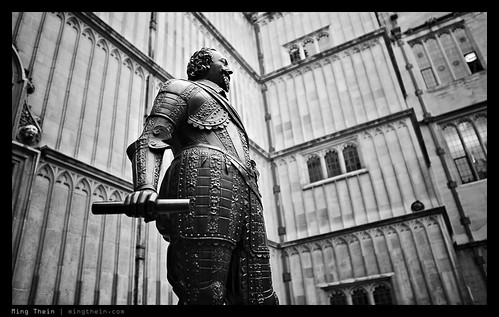 Overall, the 21 'lux actually has a bit of a schizophrenic personality: at closer subject distances - say below 1.5m - it shoots and renders like a short tele; you have to be very careful of your focus point. At around 5m, it devolves into a supremely competent classical wide: focusing precision isn't that critical and you can mostly get away with zone focusing. Even wide open at f1.4 you've got enough depth of field to cover everything to infinity.
Overall, the 21 'lux actually has a bit of a schizophrenic personality: at closer subject distances - say below 1.5m - it shoots and renders like a short tele; you have to be very careful of your focus point. At around 5m, it devolves into a supremely competent classical wide: focusing precision isn't that critical and you can mostly get away with zone focusing. Even wide open at f1.4 you've got enough depth of field to cover everything to infinity. Bottom line: not as much isolation as I'd have thought or liked, but opens up new opportunities when light starts to get low, or your subjects are a little closer...
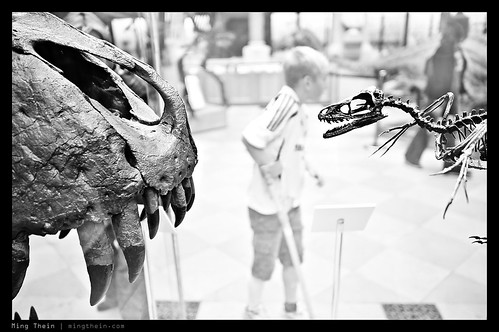
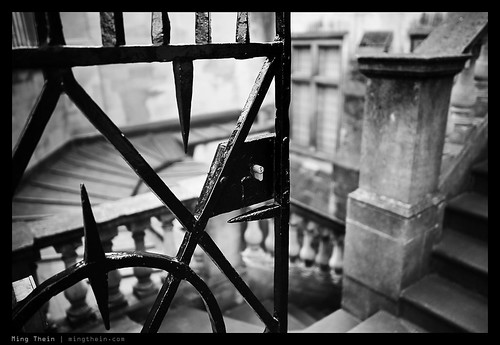
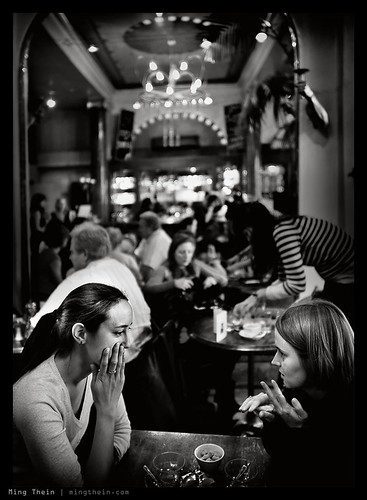
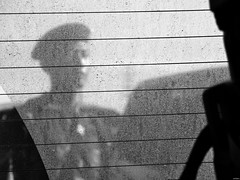



No comments:
Post a Comment